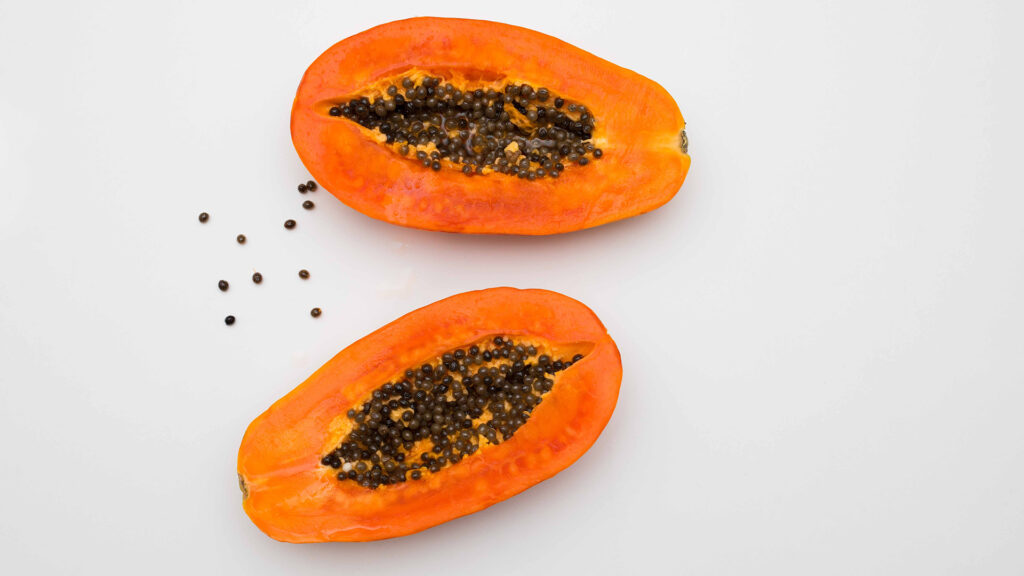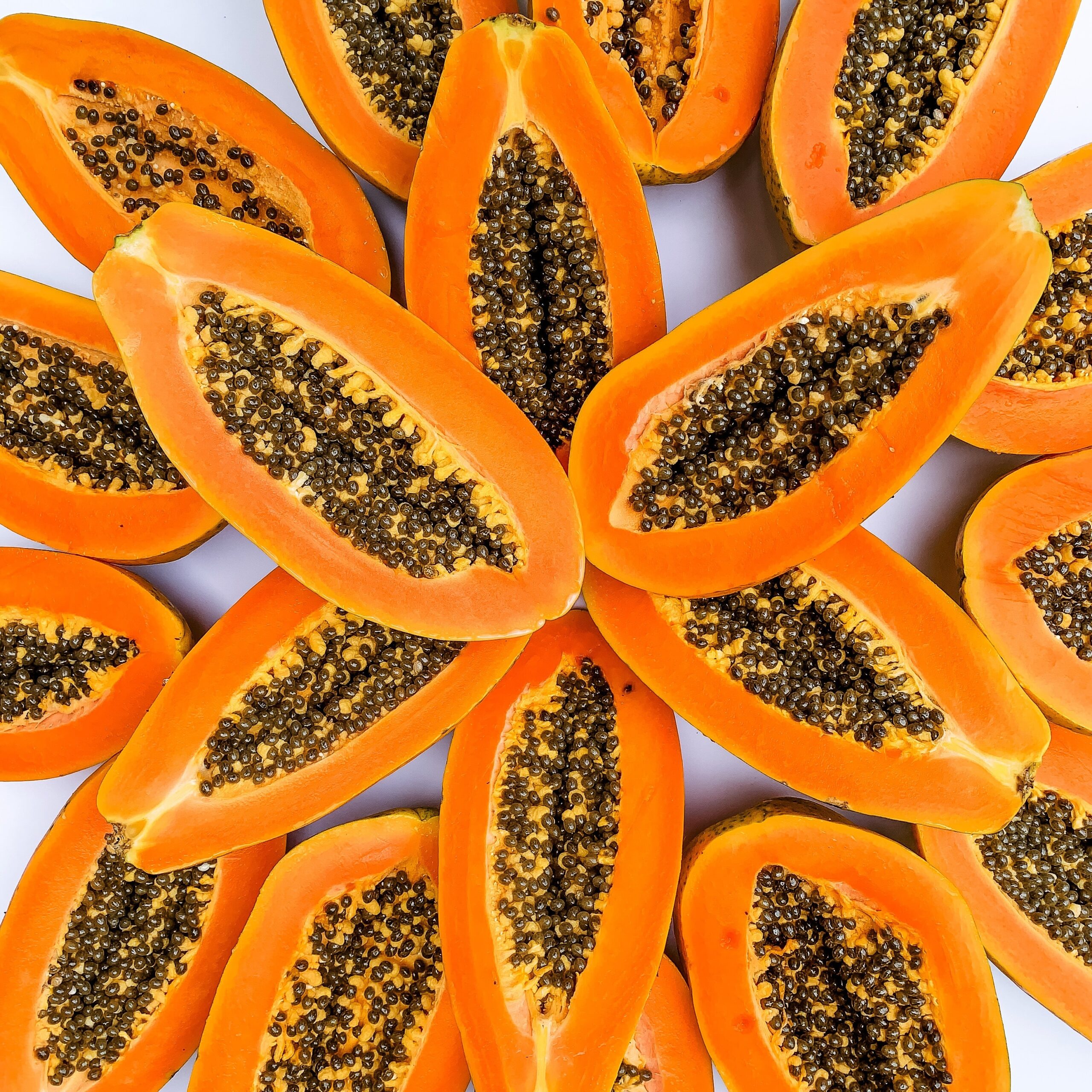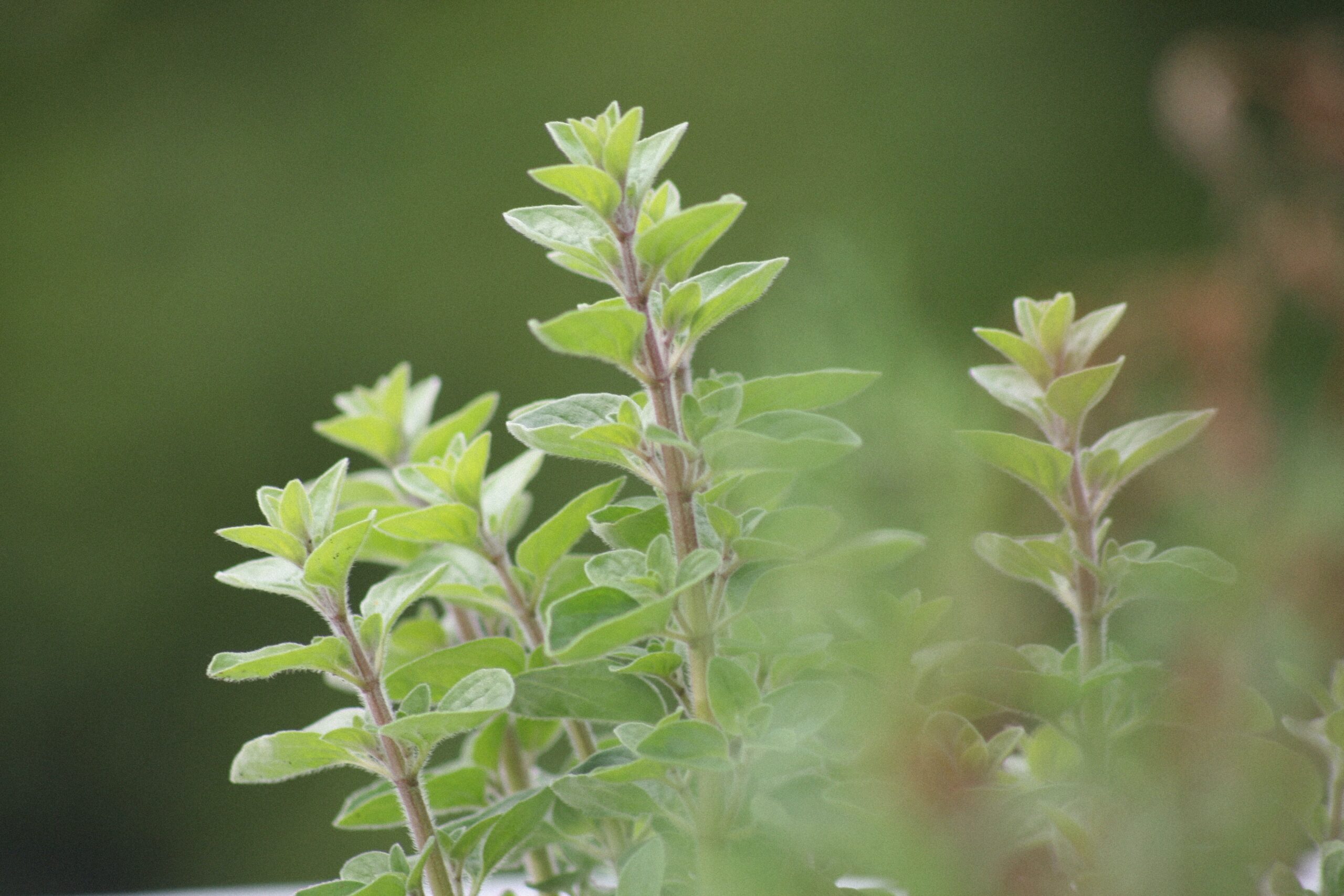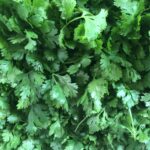
The papaya (Carica papaya) has among its many names, papaya, pawpaw and prairie banana; it is original from a broad region covering from northern Mexico to northern South America. Papayas are now widely cultivated in many tropical and subtropical regions around the world.
Papayas are among the most delicious, healthiest and versatile fruits. They can be eaten green or ripe for nutritional or medicinal purposes, while their leaves, seeds, flowers and roots are used to make medicine.
One small papaya normally has 59 calories and holds carbohydrates, fiber, protein, vitamins C, A, B1, B3, B5 and B9; lycopene, calcium, magnesium, copper and potassium.
Papayas are loaded with antioxidants which make them great anti-inflammatory and fantastic disease combatants due to their qualities as immune system stimulants. They are also believed to have a great anti-aging component and seem to act well as antibacterial, anti fungal, antiseptic, antimicrobial and antiviral warriors.
Papayas contain papain which breaks down proteins, carbohydrates, and fats. They also contain carpain, which could kill certain parasites and could have some effect in the central nervous system.
Papayas are used to treat:
Constipation ∙ acute gastritis pain ∙ Cancer ∙ heart disease ∙ cholesterol ∙ pre-diabetes ∙ diabetes ∙ mild hypothyroidism ∙ liver disease ∙ human papilloma virus (HPV) ∙ dengue fever ∙ excess iron ∙ digestive issues ∙ Alzheimer ∙ disease ∙ ulcers ∙ skin damage ∙ urinary conditions ∙ water retention ∙ stimulate lactation ∙ asthma ∙ burns ∙ reproductive system issues ∙ rheumatism ∙ parasite infections ∙ elephantiasis ∙ reproductive system issues ∙ birth control ∙ blood pressure ∙ diuretic ∙ stomach parasites ∙ warts ∙ corns ∙ cancers ∙ tumors ∙ thickened skin ∙ syphilis ∙ hemorrhoids
For specific instructions, please visit our Maladies section https://sophianaturalis.com/maladies .
Papayas are also used as a natural meat tenderizer.
Whether you decide to consume papayas green or ripe, it is important to free them from the latex in their skin to prevent as much as possible an allergic reaction. The way to do is:
- Cut the tip of both ends, then make superficial incisions on the skin from one tip to the other. If you are going to eat the same day, wait about one hour, wash carefully and then proceed to cut in half, take all seeds out with a spoon and then peel. Cut in wedges or chunks as desired.
- If the papaya is green and your intention is to eat it ripe, do the same as soon as you bring it home, set it up on the counter and wait two or three days, until you see that orange yellowish color cover it.
There are many ways to prepare papayas, some of my favorites are:
- Chunks of ripe papaya with lime juice over it for a refreshing snack.
- A smoothie using ripe papaya, milk or coconut milk; no need to add sugar.
- A green shredded papaya salad, dressed with olive oil, lime juice, salt and black pepper.
- A fruit salad with ripe papaya, pineapple, watermelon, bananas, dressed up with orange juice, a dash of powdered cinnamon and vanilla. Deliciously refreshing!
As with any other fruit, if this is the first time you eat it, remember to test a small piece first to make sure you are not allergic to it.
Stop consumption immediately and contact your physician if you present any of the symptoms below:
- Itchy tongue
- Sore lips
- Itchy Skin
- Rash
- Stomach pain
- Vomiting
- Diarrhea
- Trouble breathing







Recent Comments